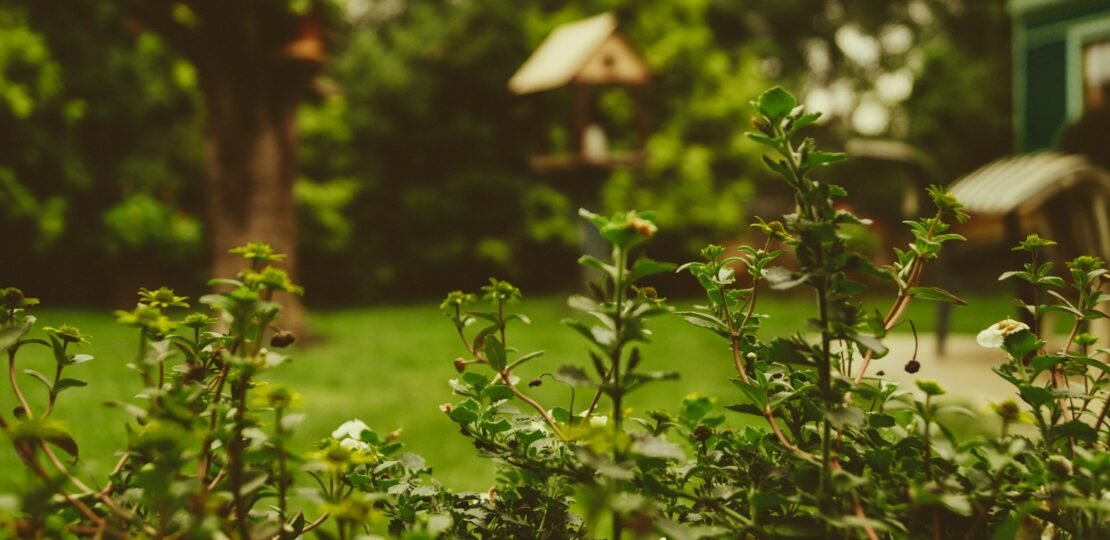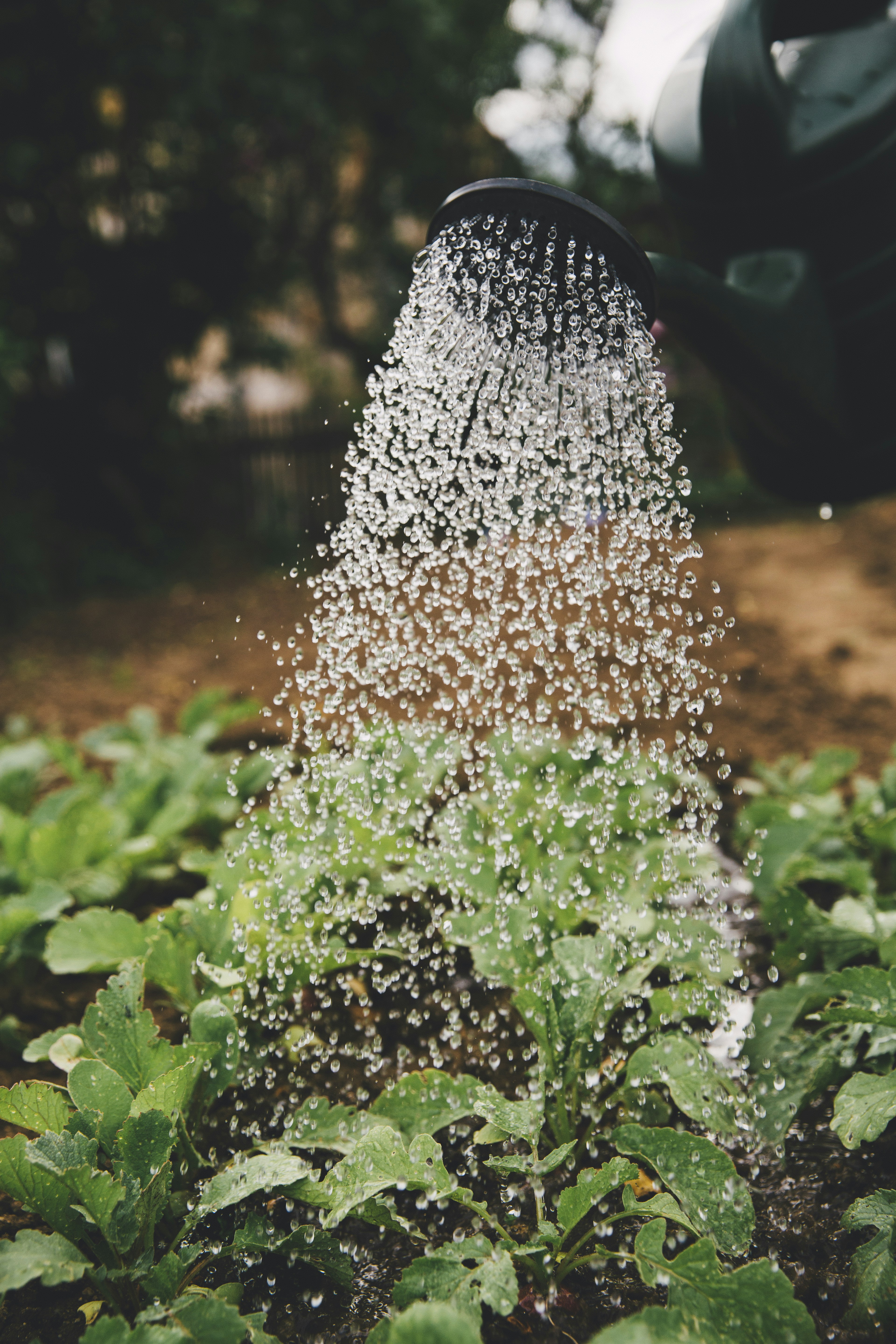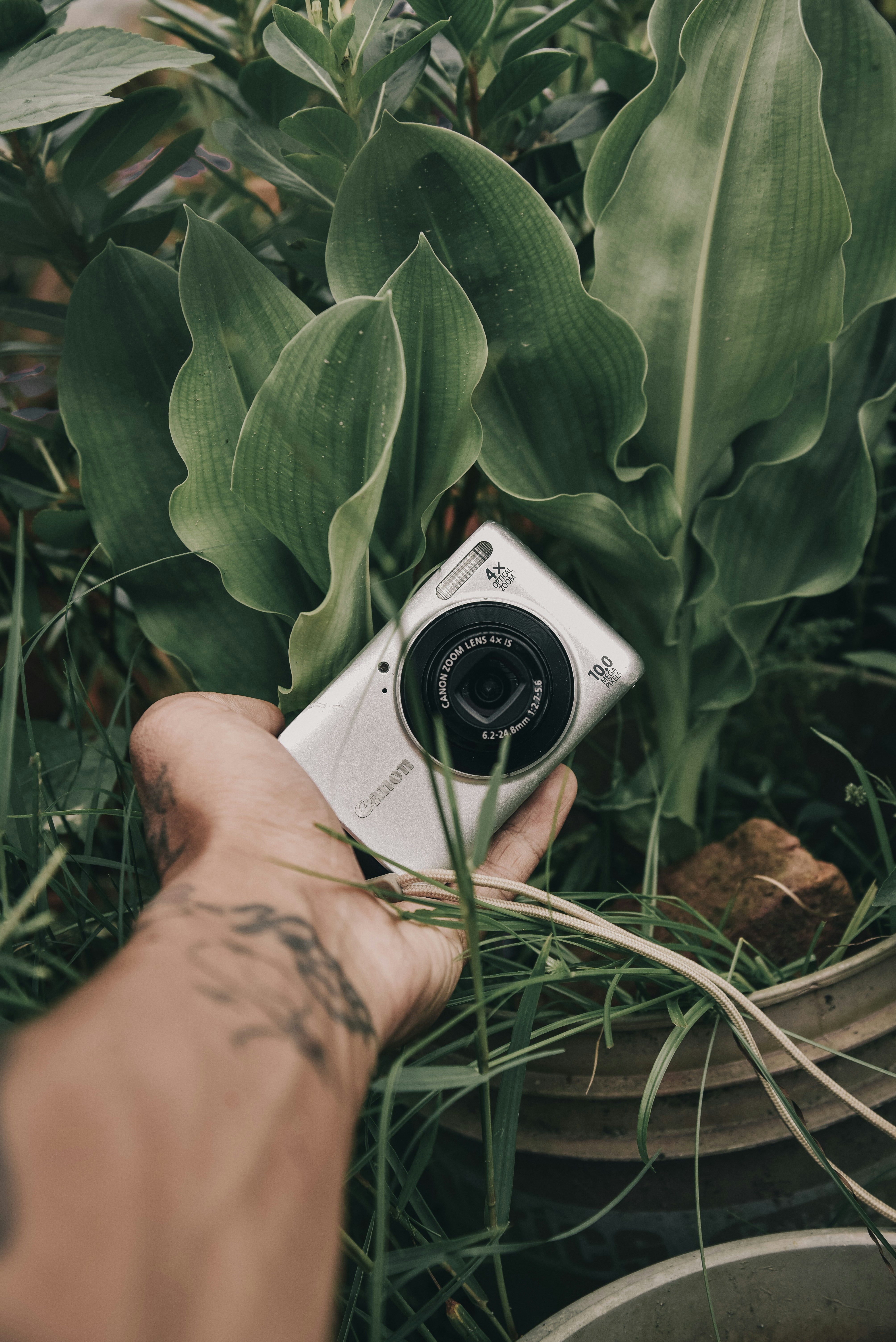
Indoor gardening has often been viewed as an activity solely for those who don’t have access to an outdoor garden. However, it goes beyond just being a hobby for urban-dwelling plant lovers. The beauty of indoor gardening lies in its accessibility, allowing anyone to grow plants regardless of outdoor space. This article covers everything you need to know about indoor gardening, from understanding its benefits to choosing the best indoor plants, and essential setup instructions.
What is Indoor Gardening?
Indoor Gardening, also known as houseplants cultivation, consists of growing a variety of plants within indoor spaces like residential homes, offices, or any closed environment. Making the world greener one pot at a time, indoor gardening comes with aesthetic, health benefits, and even the opportunity to grow your food indoors.
Benefits of Indoor Gardening
Improves Air Quality: Plants are nature’s own air purifiers. They absorb the carbon dioxide we exhale and, in return, produce oxygen which we inhale.
Boosts Mental Health: The therapeutic nature of gardening can help reduce stress levels, anxiety, and depressive symptoms.
Enhances Interior Decor: A well-placed plant can have an immense impact on the aesthetic appeal of your interior décor.
Types of Indoor Plants
Choosing the correct indoor plants is vital for successful indoor gardening. The following are some easy-to-maintain indoor plants for beginners.
Snake Plant: With its striking lines and hardiness, the snake plant is an easy-going houseplant that survives in the toughest indoors conditions.
Spider Plant: Famed for its bright foliage and spiderettes, it’s a beginner’s favorite.
Peace Lily: This plant type thrives in humid environments, making it ideal for bathrooms.
Aloe Vera: Besides its innumerable health benefits, Aloe Vera is an attractive and easy-to-grow houseplant.
Setting Up Your Indoor Garden
Find the Perfect Spot: Plants placed near south-facing windows reap maximum sunshine. However, if your plants cannot tolerate high light intensity, consider spots with indirect sunlight like east or west-facing windows.
Choose the Right Pot: Ensure your pot has drainage holes to prevent water-logging.
Select the Appropriate Soil: Indoor plants generally prefer well-draining soil. Nursery-bought potting soil usually works best.
Water Appropriately: Unlike outdoor plants, indoor plants need less watering. Overwatering can lead to root rot.
Fertilize the Plants: Indoor plants need fertilizer once a month, especially during the growing season.
In conclusion, indoor gardening is a commendable journey, cultivating patience, and reconnecting with nature. Whether you’re a veteran gardener or a novice, indoor gardening offers everyone a chance to indulge in plants’ growth and transformation within the comfort of their home.
Remember, the key to a thriving indoor garden lies in understanding what each plant needs. Happy gardening!”
RELATED POSTS
View all


